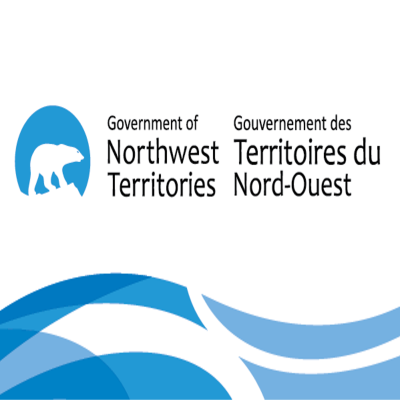Location
Type of resources
Available actions
Topics
Keywords
Contact for the resource
Provided by
Years
Formats
Representation types
Update frequencies
status
Service types
Scale
-
Map of Canada showing locations of facilities selling nautical charts in both paper and digital formats.
-
Map of harbours critical to fishing and aquaculture industries managed by harbour authorities (Core fishing harbours), harbours that support fishing and aquaculture industries that aren’t managed by harbour authorities (Non-core fishing harbours), and harbours that support the recreational community (Recreational harbours).
-
This specification describes how to model geographical names, i.e. proper nouns applied to a natural, man-made or cultural feature on Earth. Because of the multi-language and multi-scriptual context, this specification defines a product that is feature oriented in order to enable to express which different names are used to designate one given place. In other words, the spatial objects defined in this specification are the ‘named places’, and the ‘geographical names’ are seen as information related to a named place. However, the product focuses on the description of names rather than the description of spatial objects: it particularly describes characteristics of names like their language and spellings in different scripts.
-

Localization and contact information of DFO offices. Find, search and locate DFO offices within Canada.
-
This specification describes how to model geographical names, i.e. proper nouns applied to a natural, man-made or cultural feature on Earth. Because of the multi-language and multi-scriptual context, this specification defines a product that is feature oriented in order to enable to express which different names are used to designate one given place. In other words, the spatial objects defined in this specification are the ‘named places’, and the ‘geographical names’ are seen as information related to a named place. However, the product focuses on the description of names rather than the description of spatial objects: it particularly describes characteristics of names like their language and spellings in different scripts.
-

LOC - Locations and geodetic networks (location)Positional information and services. For example, resources describing addresses, geodetic networks, postal zones and services, control points, and place names.
-

This Web Map Service depicts the location of clean electricity generating facilities by type of clean energy source and power generation capacity. Clean energy sources shown on the map include biomass, hydro, nuclear, solar, tidal and wind. The data comes from the provinces and territories, other federal departments and clean energy associations in Canada. The service is one of many themes mapped in the web mapping application Map of Clean Energy Resources and Projects (CERP) in Canada.
-

This dataset represents points where address site data has been collected. These points are an amalgamation of different origin point data translated into a NG911-compliant schema using ESRI's Address Management Solution as a reference for compliance and data integrity.*This dataset requires extensive QA/QC and should not be used as an authoritative, source only for application-testing purposes*
-
A population ecumene is the area of inhabited lands or settled areas generally delimited by a minimum population density. This ecumene shows the areas of the densest and most extended population within census subdivisions. A census subdivision (CSD) is the general term for municipalities (as determined by provincial or territorial legislation) or areas treated as municipal equivalents for statistical purposes (e.g., Indigenous Peoples reserves and communities and unorganized territories). Municipal status is defined by laws in effect in each province and territory in Canada. For further information, consult the Statistics Canada’s 2016 Illustrated Glossary (see below under Data Resources). The assemblage of dissemination block population density data from the 2016 Census of Population are used to form the ecumene areas within census subdivisions. Areas included in the ecumene are dissemination blocks where the population density is greater than or equal to 0.4 persons per square kilometre or about one person per square mile. In some areas to capture more population within the ecumene the criteria was extended to 0.2 persons per square kilometre. The ecumene areas were generalized in certain areas to remove small uninhabited areas within the ecumene areas in census subdivisions. This map can be used as an “ecumene” overlay to differentiate the sparsely populated areas from the ecumene in conjunction with census subdivision data or other large-scale maps. This ecumene shows a more meaningful distribution of the population for Canada.
-

This dataset is a collaborative project by Natural Resources Canada and the federal, provincial and territorial members of the Geographical Names Board of Canada, illustrating a curated selection of official geographical names in Canada that have changed over time. The selection comes from the Canadian Geographical Names Database, displaying additional information including the previous name(s) of each feature, the year and the reason why the names changed along with a short history of each name change.
 Arctic SDI catalogue
Arctic SDI catalogue